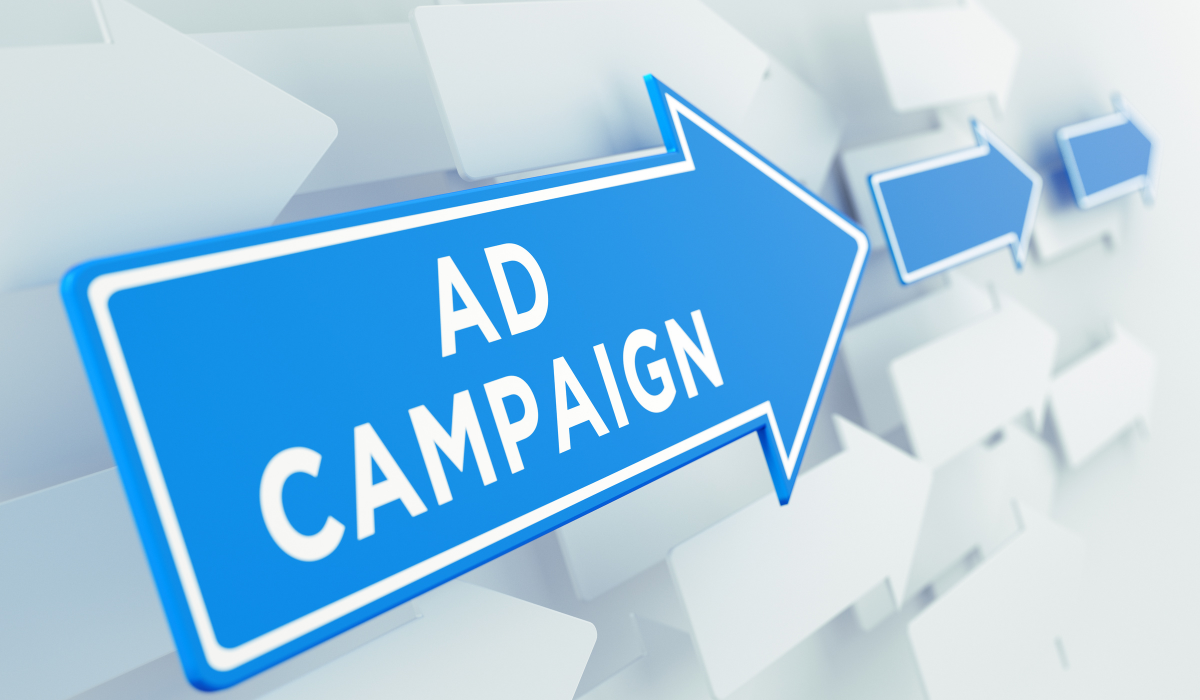Table of Contents:
1. Introduction to Social Media Paid Campaigns
2. What is Pay-Per-Click (PPC) in Social Media Marketing?
3. Understanding Cost Per Click (CPC)
4. How to Optimize Your Social Media Paid Campaigns
5. Best Platforms for PPC Campaigns
6. Tips to Reduce Cost Per Click and Improve ROI
7. Tracking and Measuring Campaign Performance
8. Conclusion
1. Introduction to Social Media Paid Campaigns
In today’s competitive digital landscape, social media paid campaigns have become a must-have strategy for businesses aiming to boost visibility and engagement. Unlike organic efforts, paid campaigns allow brands to target specific audiences with precision, generate leads, and drive sales more quickly. Platforms like Facebook, Instagram, LinkedIn, and Twitter provide powerful tools to optimize campaigns and track results effectively.
2. What is Pay-Per-Click (PPC) in Social Media Marketing?
Pay-Per-Click (PPC) is an advertising model where marketers pay only when users click on their ad. This model ensures you only pay for actual engagement, making it cost-effective for businesses of all sizes. With PPC, you can direct traffic to landing pages, eCommerce stores, or social media profiles while tracking performance in real-time.
Benefits of PPC advertising include:
● Targeting specific demographics, interests, or behaviors
● Immediate visibility in feeds or search results
● Measurable ROI and performance tracking
● Flexible budgeting options
3. Understanding Cost Per Click (CPC)
Cost Per Click (CPC) is the price you pay for each click on your paid social media ad. CPC depends on factors like audience competition, ad relevance, and platform algorithms. Lowering your CPC while maintaining quality clicks can significantly improve your social media marketing ROI.
Tips to optimize CPC include:
● Crafting high-quality ad copy
● Using precise audience targeting
● Testing multiple ad formats
● Monitoring and adjusting bids regularly
4. How to Optimize Your Social Media Paid Campaigns
Optimizing a PPC campaign ensures better engagement and a lower CPC. Start by defining your campaign goals—whether it is traffic, conversions, or brand awareness. Use A/B testing for ad creatives, headlines, and calls-to-action to identify what works best. Regularly analyzing performance data allows for smarter budgeting and higher ROI.
5. Best Platforms for PPC Campaigns
Different social media platforms cater to different audiences:
● Facebook & Instagram: Excellent for B2C targeting and visual content ads
● LinkedIn: Ideal for B2B lead generation and professional targeting.
● Twitter & X: Great for trending topics and quick engagement
● Pinterest: Perfect for visual-driven campaigns like fashion or home decor
6. Tips to Reduce Cost Per Click and Improve ROI
● Target the right audience with detailed filters
● Optimize landing pages for conversions.
● Improve ad relevance and creative quality!
● Schedule ads at peak engagement times
7. Tracking and Measuring Campaign Performance
Using analytics tools and platform dashboards, track metrics like CPC, CTR (Click-Through Rate), and conversion rate. Optimizing campaigns based on these metrics ensures your paid social media campaigns are profitable and scalable.
8. Conclusion
Investing in social media paid campaigns using PPC and CPC strategies can dramatically improve your brand visibility, traffic, and conversions. By understanding how to optimize campaigns and manage costs effectively, businesses can achieve maximum ROI from every click.
For expert guidance on running high-performing paid campaigns, visit Amorio Technologies

